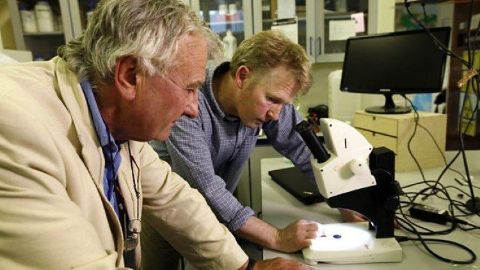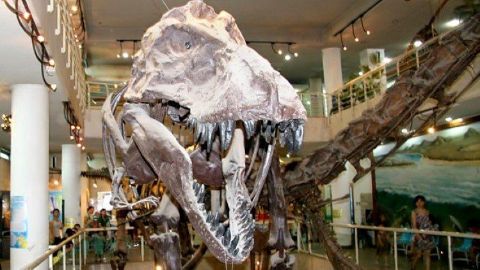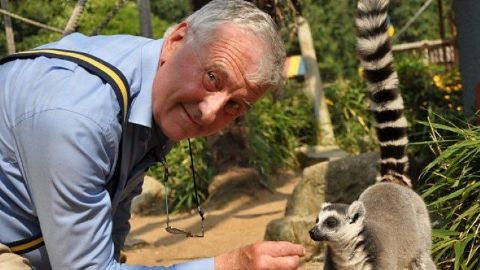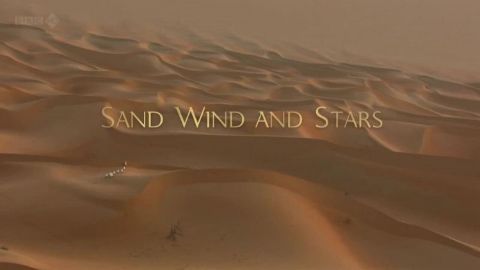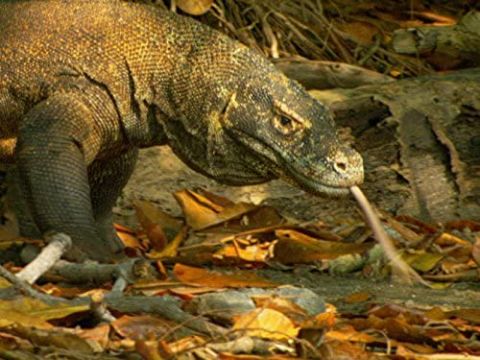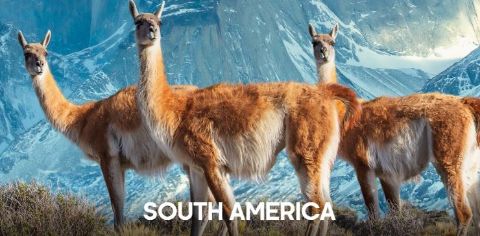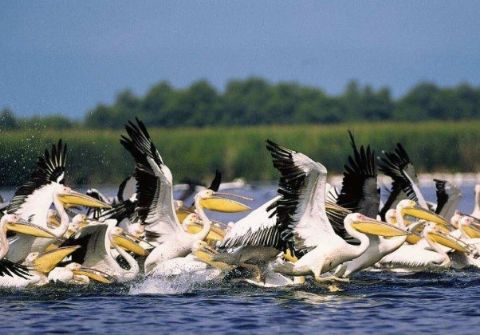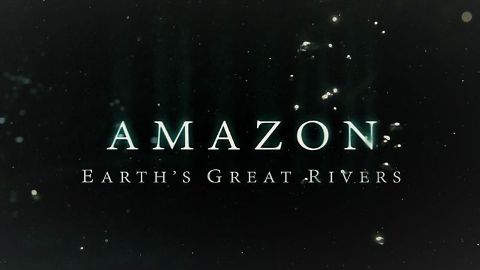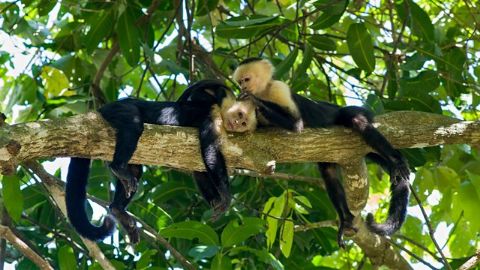Feathered Dinosaurs • 2014 • episode "S1E2" • Fossil Wonderlands: Nature's Hidden Treasures
Professor Richard Fortey travels to northeastern China to see a fossil site known as the 'Dinosaur Pompeii' - a place that has yielded spectacular remains of feathered dinosaurs and rewritten the story of the origins of birds. Among the amazing finds he investigates are the feathered cousin of T-rex, a feathered dinosaur with strong parallels to living pandas and some of the most remarkable flying animals that have ever lived.
Make a donation
Buy a brother a hot coffee? Or a cold beer?
Hope you're finding these documentaries fascinating and eye-opening. It's just me, working hard behind the scenes to bring you this enriching content.
Running and maintaining a website like this takes time and resources. That's why I'm reaching out to you. If you appreciate what I do and would like to support my efforts, would you consider "buying me a coffee"?
Donation addresses
BTC: bc1q8ldskxh4x9qnddhcrgcun8rtvddeldm2a07r2v
ETH: 0x5CCAAA1afc5c5D814129d99277dDb5A979672116
With your donation through , you can show your appreciation and help me keep this project going. Every contribution, no matter how small, makes a significant impact. It goes directly towards covering server costs.
